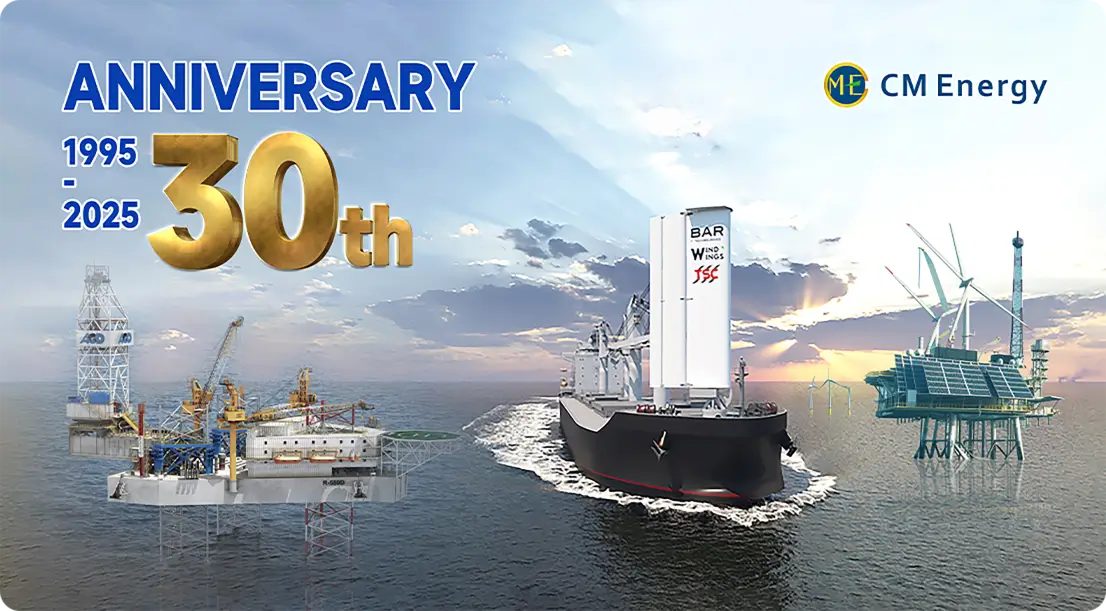LNG Fuel Delivery Infrastructure
Specifically designed for MAN GI engines, the HP FGSS employs PVU technology to boost LNG pressure above 300 bar. Compared to MAN GA engines, this system reduces methane emissions by roughly 90%. The LP FGSS, on the other hand, is optimized for Otto-cycle gas engines, operating at pressures under 16 bar. For efficient gas management, the LNG Fuel Delivery Infrastructure can incorporate a gas combustion unit (GCU) and a gas boiler to effectively handle boil-off gas (BOG).
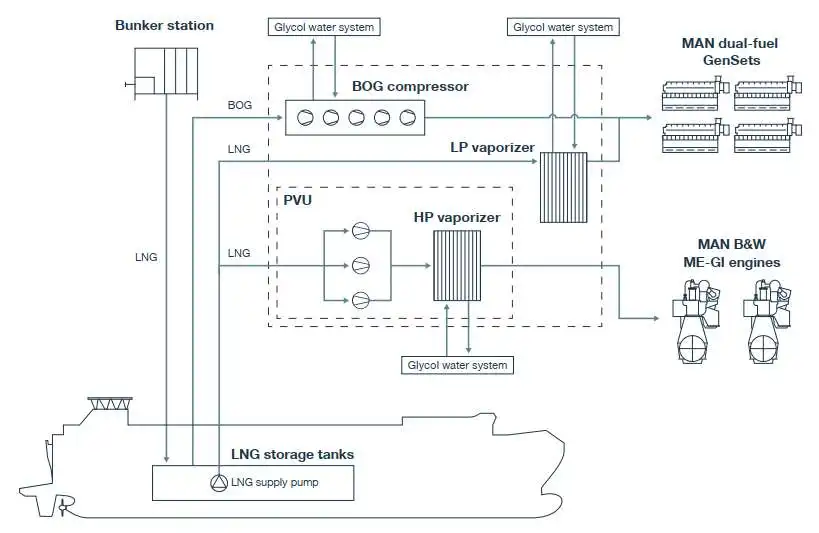
Why Choose Us?
1. Industry-Leading Expertise – With extensive experience in dual-fuel vessels, LNG carriers, and chemical tankers, we deliver superior engineering solutions.
2. Diverse System Portfolio – Our offerings include fuel systems for Methanol (MFSS), LNG (FGSS), Ammonia (AFSS), and LPG cargo handling (CHS).
3. Innovative Engineering Excellence – Our proven LNG Fuel Delivery Infrastructure demonstrate year-round reliability, supported by customized Tank Cooling System (TCS) equipment designed for safety and space optimization.
4. Strategic Technology Partnerships – In collaboration with Norway’s leading design firm WTC, we provide cutting-edge, client-specific solutions.
5. End-to-End Lifetime Support** – From initial concept to installation, we offer full project execution and dedicated aftermarket services.
Product Specifications
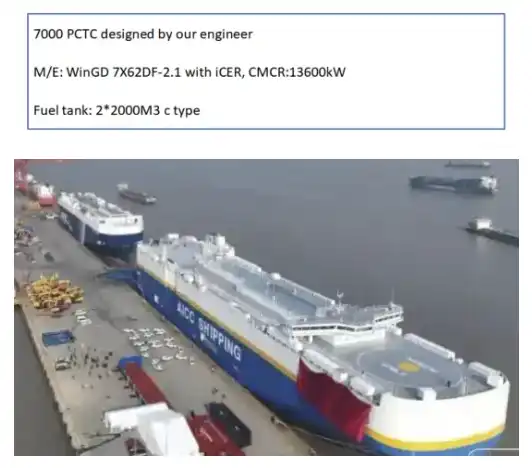
Overview of Products
1. High-Efficiency MAN-GI Solution – Leveraging PVU-driven pressurization exceeding 300 bar, methane slip is reduced to just 10% of GA engine levels, ensuring compliance with environmental standards.
2. Otto-Cycle Optimization – The compact LNG infrastructure within the TCS ensures safe operation at sub-16-bar pressures for gas-powered engines.
3. Integrated Gas Recovery Systems – By combining GCU and boiler functionality, BOG is fully utilized, minimizing energy waste.
4. Proven Operational Reliability – LP systems have enabled continuous vessel operation for over 12 months without interruption.
5. Modular, Pre-Engineered Solutions** – TCS-integrated tanks and pre-assembled components deliver secure, space-saving turnkey systems.
6. Streamlined Implementation – We provide end-to-end support from system design to commissioning, backed by ongoing technical assistance.
Quality Assurance
Our systems meet CCS certification standards for 72.3m³ stainless steel double-layer LNG containment solutions.
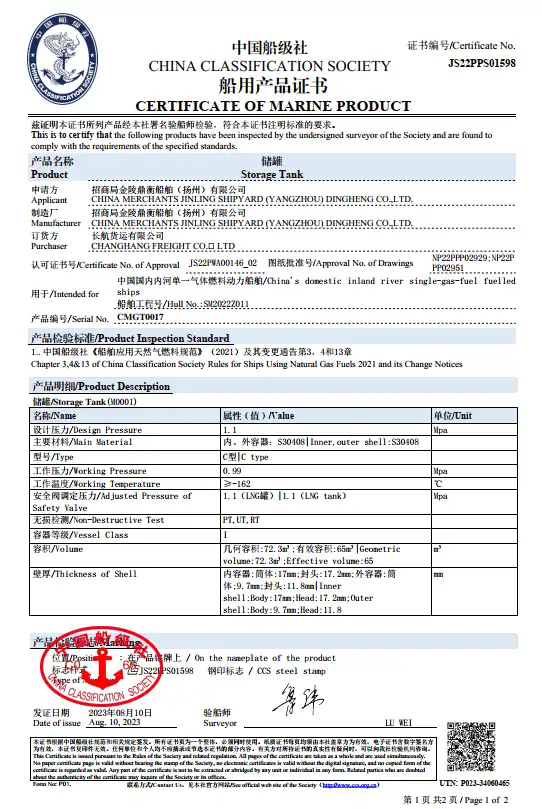
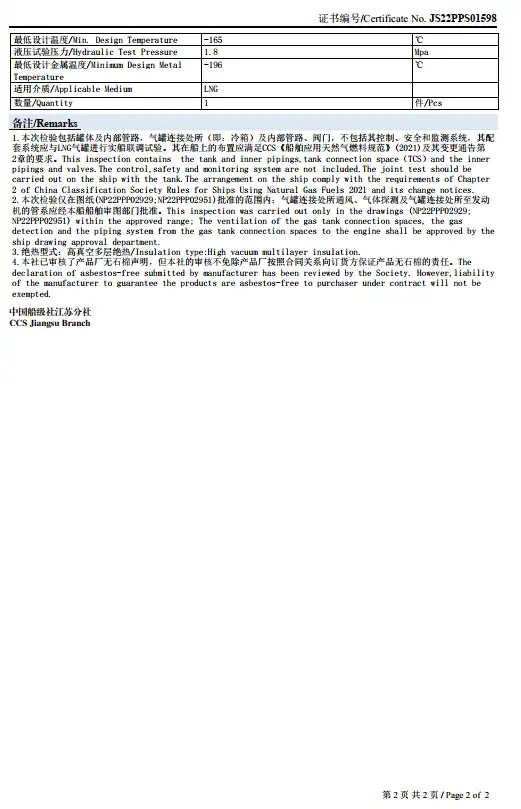
Installation Procedure
1. Before installation, thoroughly review the vessel’s design documentation to confirm all system interface requirements via technical verification.
2. Gather all necessary tools and safety equipment, ensuring compliance with safety protocols before work begins.
3. Use suitable lifting machinery to position the pre-assembled fuel supply module accurately in its designated location.
4. Securely fasten the module to its base, ensuring stability and alignment with the vessel’s structural specifications.
5. Connect all pipelines, auxiliary networks, and control wiring, verifying each for leaks and electrical integrity.
6. Perform system validation through component-level and full integration testing, covering bunkering, supply functions, and safety controls.
For more product information about LNG Fuel Delivery Infrastructure, please leave a message below.
